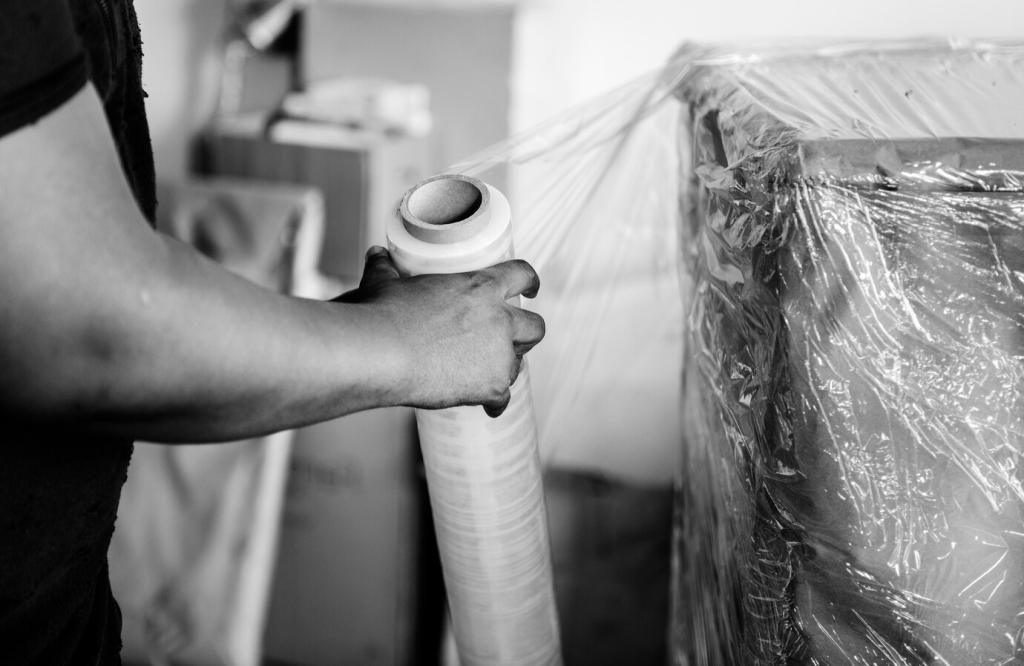
Best Products for Antique Furniture Maintenance: Protect, Nourish, and Shine
Chosen theme: Best Products for Antique Furniture Maintenance. Explore conservator-approved waxes, silicone-free polishes, pH-neutral cleaners, climate tools, and careful accessories that preserve history while enhancing beauty. Join our community, share your toolkit favorites, and subscribe for field-tested, gentle care routines.
Waxes and Polishes That Respect Old Finishes
Conservator-grade microcrystalline wax creates a thin, fingerprint-resistant barrier that does not yellow and is reversible with mild solvents. Apply sparingly with a soft cloth, let it haze, and gently buff. A reader restored her grandmother’s chest with two whisper-thin coats, revealing depth without a blinding shine.
Beeswax enriched with gentle citrus terpenes nourishes aged finishes and imparts a mellow, period-appropriate luster. Choose blends formulated without silicone and with low-aroma carriers. Work the wax along the grain, then buff after a quiet rest. Share your go-to beeswax blend and buffing technique with fellow readers.
Silicone can migrate into old finishes, complicating future restoration. Opt for silicone-free polishes designed for historic surfaces, or a light wax-top buff between deeper treatments. Always test in a discreet area. Have you noticed improved clarity after ditching silicone sprays? Your experience can guide others.
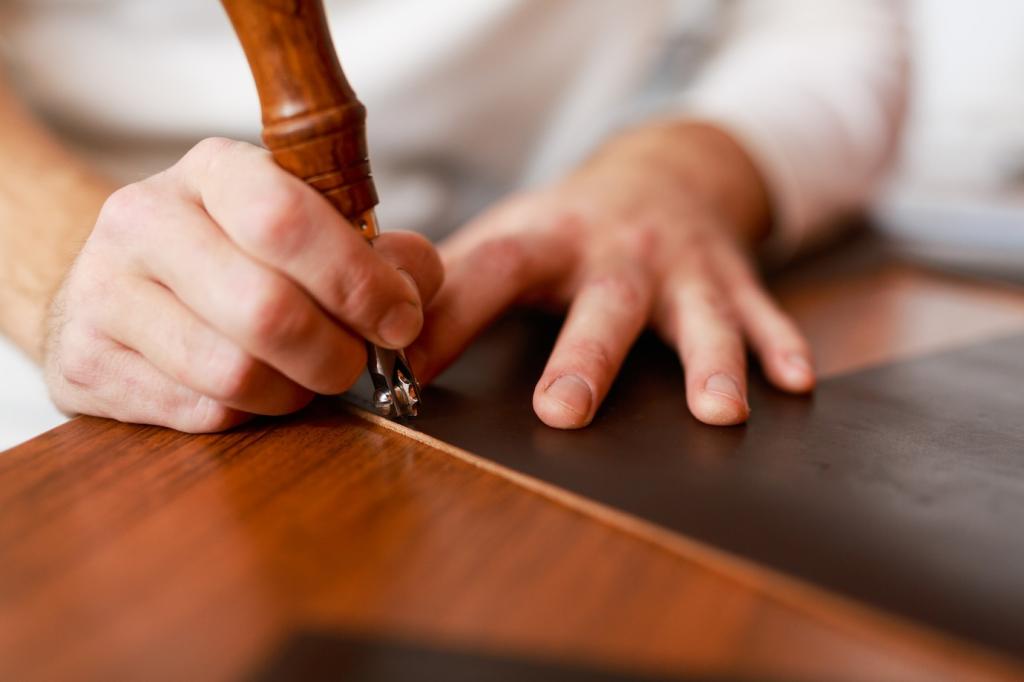
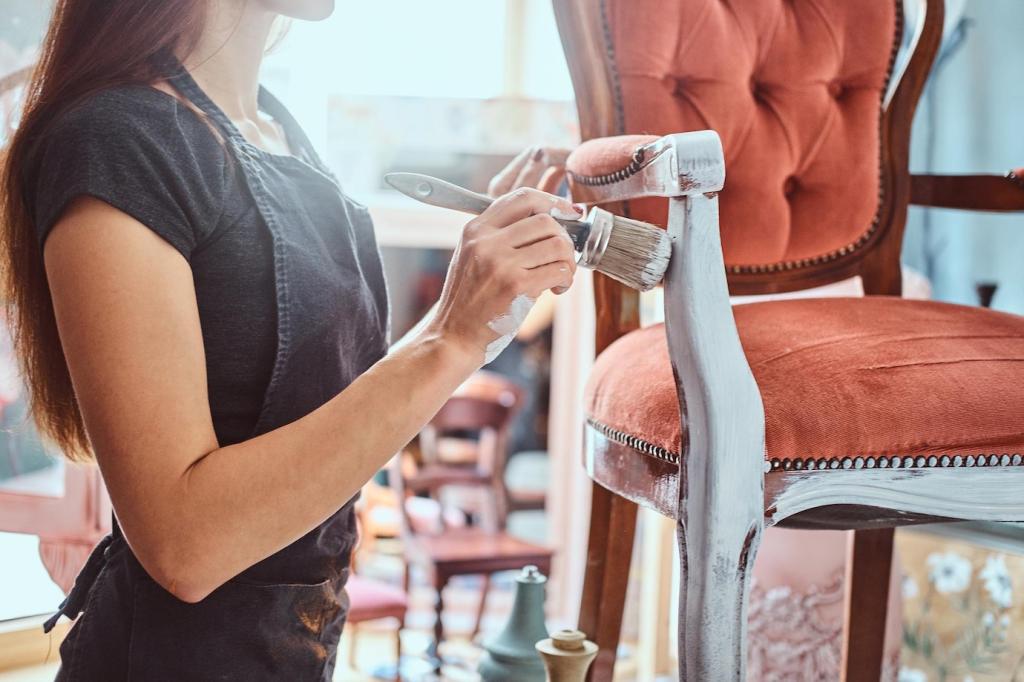
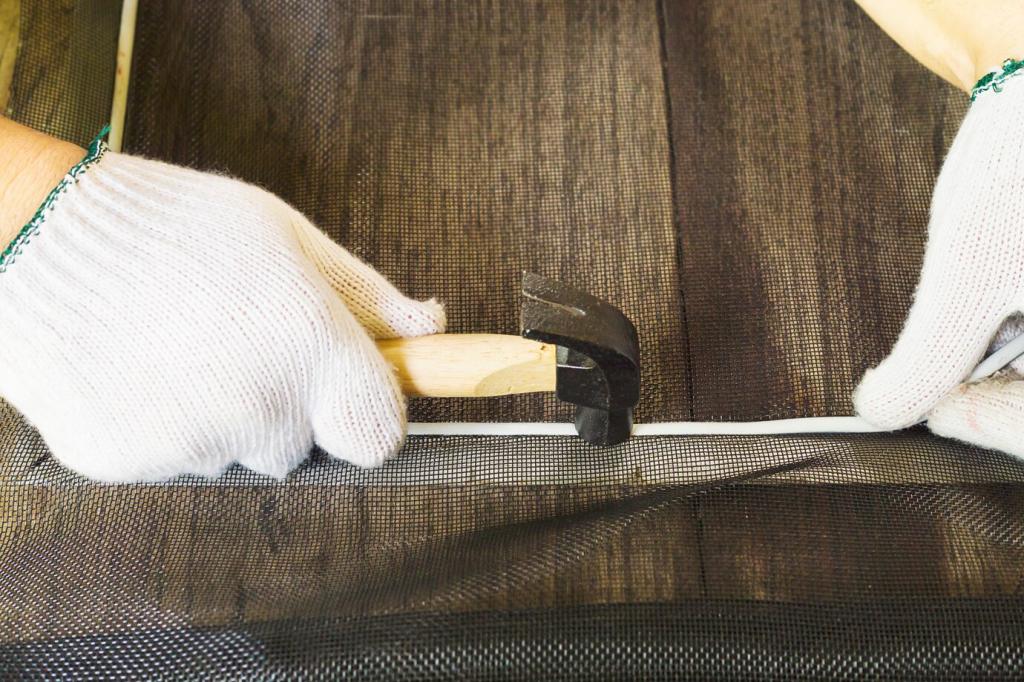
Cleaning Essentials: Gentle Products, Thoughtful Methods
A pH-neutral cleaner with mild surfactants loosens everyday oils without stripping finish. Dampen, never soak, a cloth and work in small patches. Always test first, wipe dry immediately, and monitor sheen changes. Many conservators prefer concentrates you dilute to match the job’s sensitivity and soil level.
Cleaning Essentials: Gentle Products, Thoughtful Methods
Keep a stack of high-quality microfiber and tightly woven cotton cloths for dusting and cleaning. Microfiber lifts fine particles without scratching, while cotton excels for final buffing. Wash separately, avoid fabric softeners, and reserve a dedicated set for wax application. What cloth weight feels best in your hands?
Repair and Conditioning Products You Can Trust
Liquid Hide Glue for Reversible Repairs
Liquid hide glue is traditional, gap-tolerant, and reversible with gentle heat and moisture—ideal for loose joints and chair rails. Warm the bottle slightly for smoother flow, clamp patiently, and clean squeeze-out promptly. Many readers report the quiet satisfaction of reviving a wobbly leg the way past craftsmen intended.
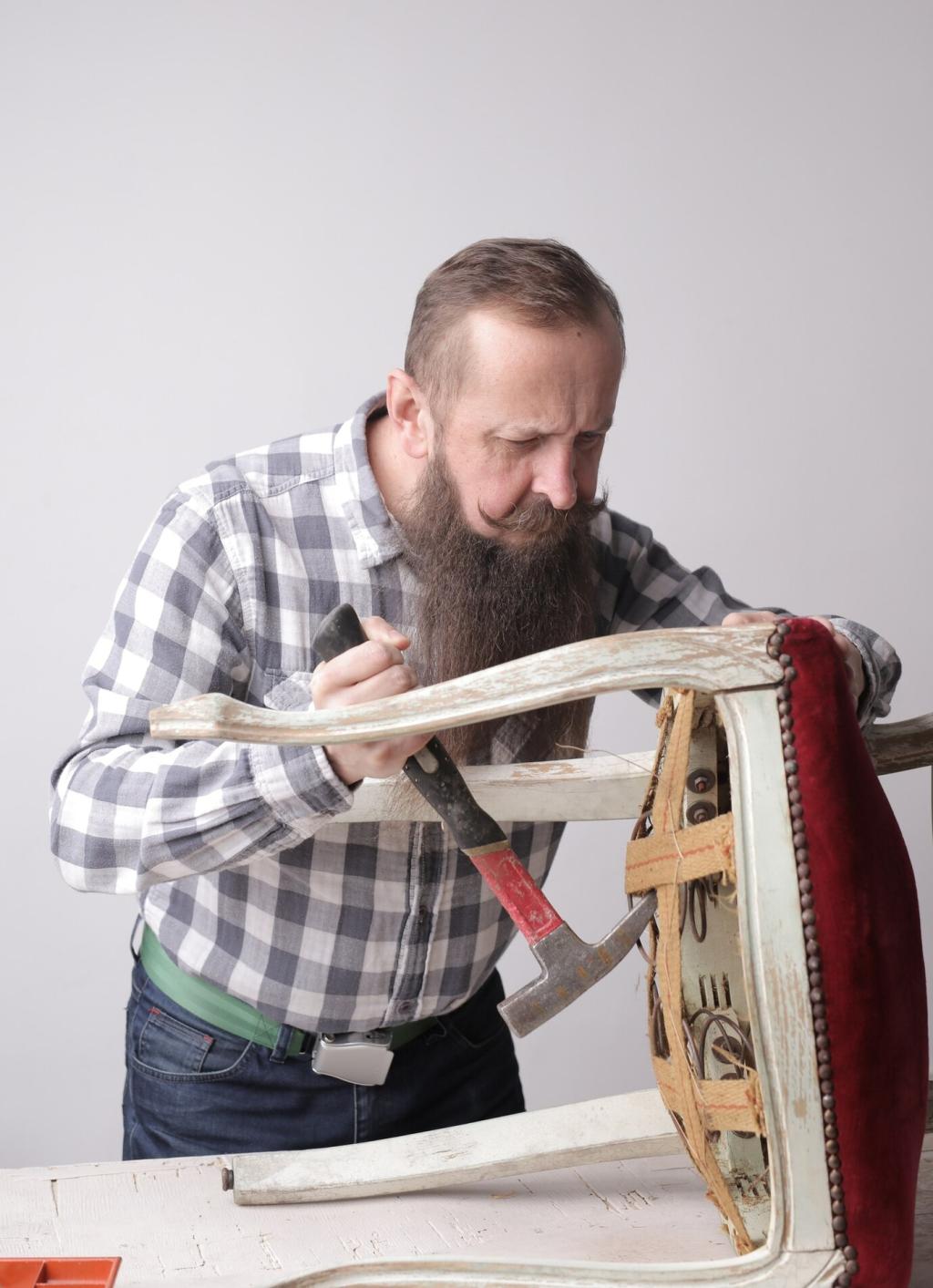
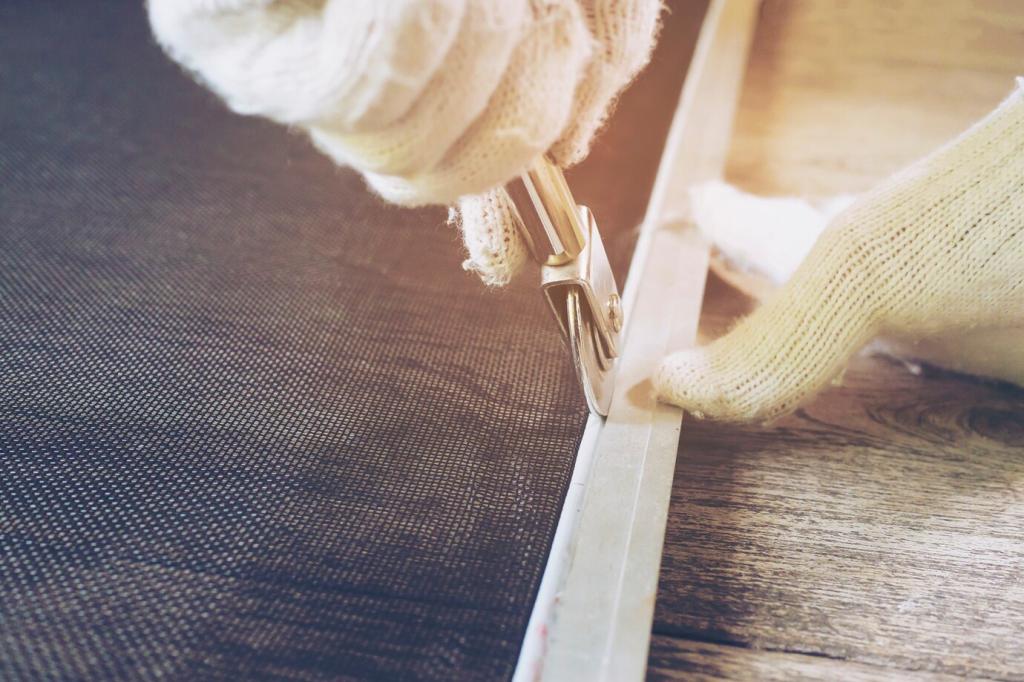
Shellac and French Polish Kits
Dewaxed shellac flakes dissolved in ethanol deliver a historically appropriate finish that spot-repairs elegantly. French polishing with a cotton ‘tampon’ builds depth and clarity in thin, controllable layers. Practice on scrap first; then share a photo of your first successful spiral or figure-eight pass to inspire beginners.

Digital Hygrometer and Thermometer
A reliable hygrometer logs temperature and relative humidity, helping you avoid swings that crack veneers or loosen joints. Aim for a steady 40–55% relative humidity. Place sensors near, not inside, cases to read room conditions. Readers love comparing graphs to seasonal stories—post yours to spot trends together.
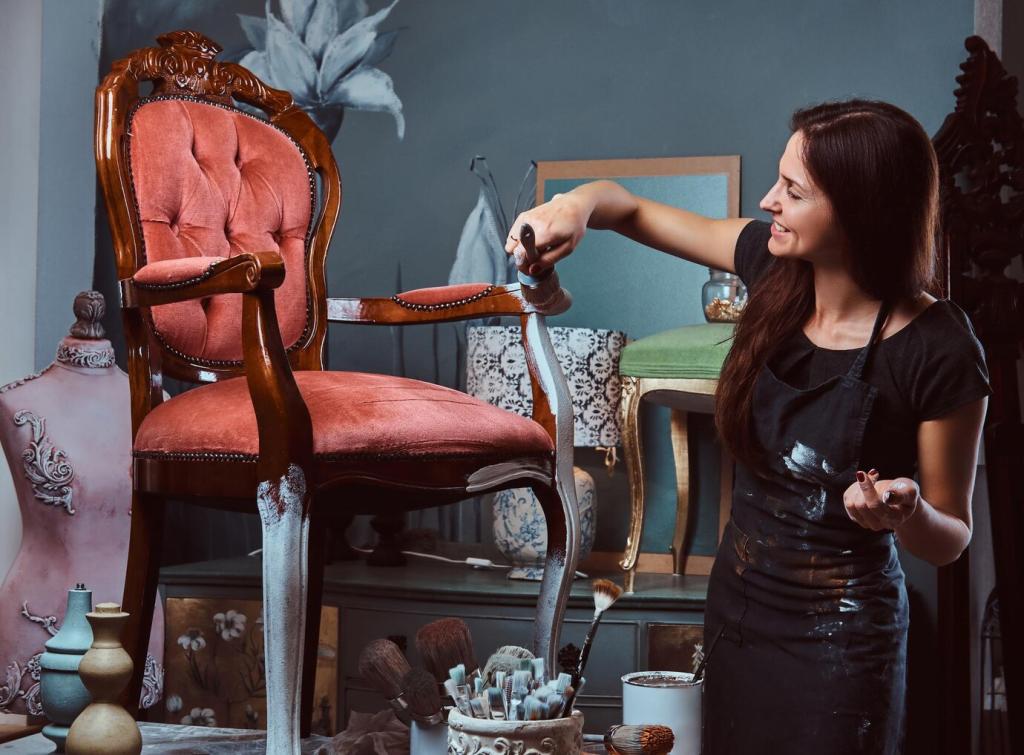
Humidifier or Dehumidifier with Auto Controls
Auto-regulating units maintain setpoints through dry winters or damp summers. Use distilled water to reduce mineral dust, replace filters on schedule, and keep airflow gentle. One subscriber prevented winter hairline checks on a cherry table by running a quiet cool-mist unit overnight with door gaps for circulation.
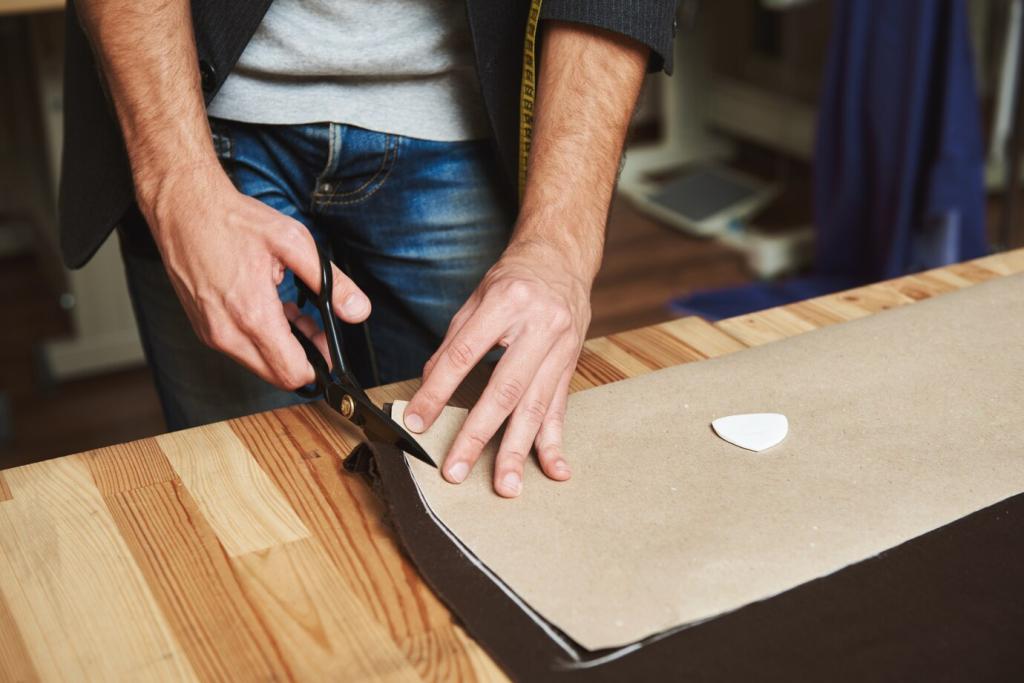
Silica Gel and Cedar for Micro-Environments
Rechargeable silica gel canisters help stabilize humidity inside display cabinets, while cedar blocks deter moths in drawers. Keep materials off finished surfaces and monitor with mini humidity cards. Share your regeneration routine and how often your gel changes color in shoulder seasons—it helps calibrate expectations.
Application Tools That Make a Difference
Ox or hog-bristle brushes lay wax evenly along grain, while cotton-wool polishing tampons offer control for shellac. Keep separate brushes for dark and light finishes, and clean thoroughly after use. A small, high-quality brush often prevents overloading wax in carvings and beadings—tiny tool, big difference.
Application Tools That Make a Difference
Nitrile gloves keep oils off surfaces and solvents off skin. Pair with a breathable apron and, when needed, a rated cartridge respirator for alcohols or dust. Safety gear preserves energy and confidence, helping you work slowly and cleanly—the essential pace for honoring antique surfaces.
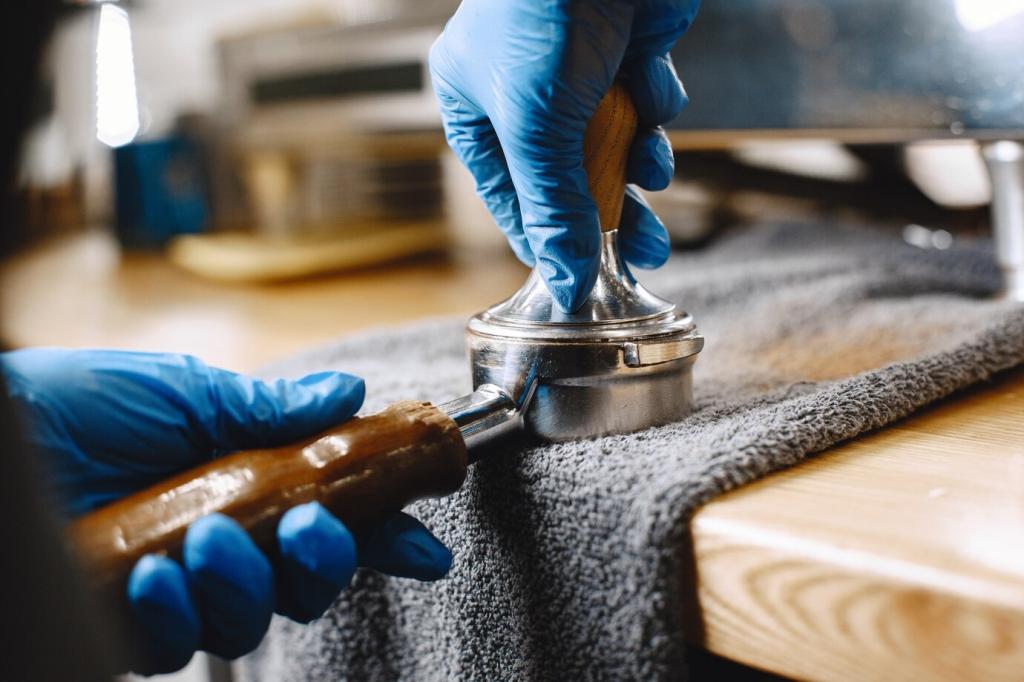
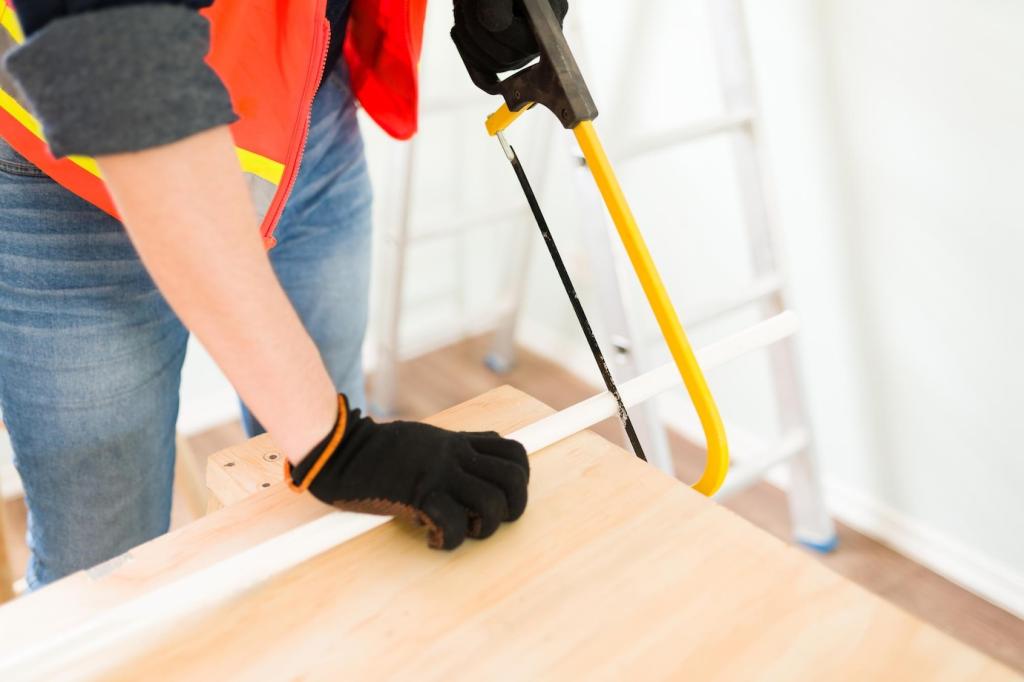
Routine Care Kits and Checklists
Seasonal Maintenance Kit Checklist
Build a kit with microcrystalline wax, beeswax blend, pH-neutral cleaner, microfiber and cotton cloths, felt pads, and a compact hygrometer. Schedule gentle dusting weekly and waxing only when sheen fades. Comment with your must-add item so we can refine this community-approved list together.
Photo Log and Condition Notes
Create a photo log each season, noting cracks, veneer lift, or finish dulling. Small changes are easier to catch when documented. Organize images by piece, angle, and date. Subscribers who keep logs report quicker, calmer decisions when issues arise—join them and share your template.
Emergency Spill and Stain Kit
Stock blotting paper, cotton swabs, distilled water, and talc for oil spills. Blot, never rub, and isolate liquids quickly with absorbent barriers. One reader saved a tabletop from candle wax stress by chilling the wax, lifting gently, then refreshing the area with a feather-light wax cleanse.
